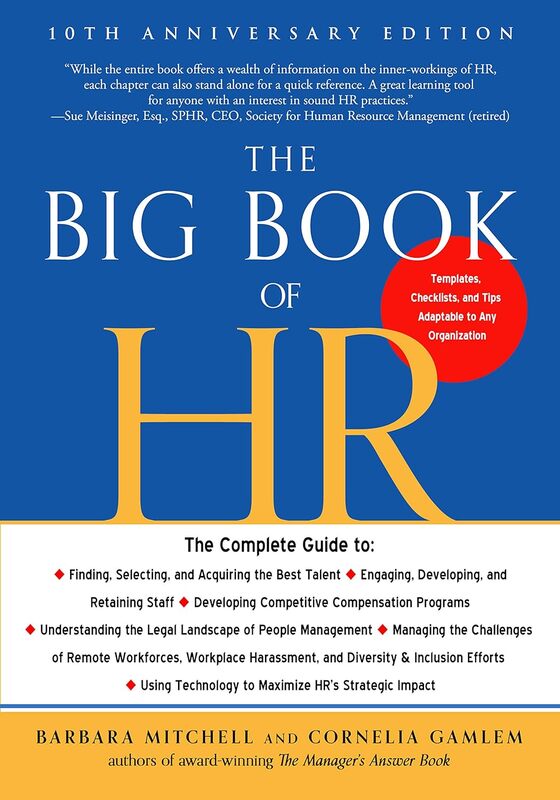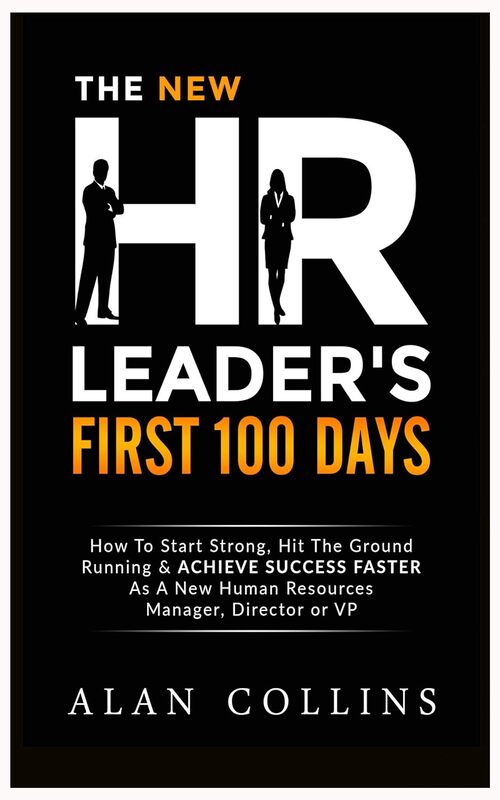|
Welcome to Barriers and Boundaries Resilience Leadership
Check out a recent episode of the podcast.
|
Successful Interplay of Leadership and HRIn the intricate nature of organizational success, two pivotal forces stand out—leadership and human resources (HR). As the architects of vision and strategy, leaders guide the ship through turbulent waters, shaping the course of the entire organization. On the other hand, HR serves as the backbone, orchestrating the intricate dance of talent acquisition, development, and retention. Together, these two pillars form a dynamic partnership that can either propel an organization to new heights or leave it grappling with inefficiencies. This blog aims to unravel the symbiotic relationship between leadership and HR, delving into the nuanced ways in which their collaboration can foster a thriving organizational culture and drive sustained success. As we embark on this exploration, it becomes evident that leadership is not merely a title but a set of qualities that inspire and guide a collective journey. Effective leaders possess the foresight to envision the future, the emotional intelligence to navigate diverse personalities, and the adaptability to steer the ship through changing tides. Concurrently, HR professionals operate as the stewards of the organizational workforce, diligently working to attract top talent, nurture employee growth, and ensure a harmonious workplace environment. Together, these two realms intersect in a delicate dance, where strategic leadership aligns with HR initiatives to cultivate a holistic approach to organizational management. This blog seeks to illuminate the intricate interplay between these domains, unraveling the secrets behind successful collaboration and shedding light on the transformative potential of a united leadership-HR front. Leadership, in its essence, transcends mere authority; it embodies a profound ability to inspire and guide a collective effort toward a shared vision. Successful leaders navigate the complexities of the modern organizational landscape with a strategic mindset. They are visionaries who not only conceptualize a compelling future but also possess the acumen to translate that vision into actionable strategies. Emotional intelligence and interpersonal skills are fundamental attributes that distinguish effective leaders, enabling them to forge meaningful connections, navigate conflicts, and build cohesive, high-performing teams. Decisiveness and adaptability further characterize leadership, as the ability to make informed decisions and pivot in response to dynamic challenges remains paramount in today's rapidly evolving business environment. Human Resources emerges as the indispensable backbone of any organization, orchestrating key functions that directly impact the workforce. At its core, HR is responsible for talent acquisition, a process that extends beyond recruitment to encompass the identification of individuals who align with the organization's values and goals. Employee development and training fall under the purview of HR, reflecting a commitment to fostering continuous growth and skill enhancement within the workforce. Performance management and appraisal, crucial components of HR strategy, ensure that individual contributions align with organizational objectives, promoting accountability and excellence. As the guardian of the employee experience, HR plays a pivotal role in shaping workplace culture, promoting diversity and inclusion, and establishing policies that contribute to a positive and productive work environment. Together, these functions position HR as a strategic partner, intricately woven into the fabric of organizational success. The backbone of collaborationThe intersection of leadership and HR marks a crucial juncture where organizational vision converges with the intricacies of workforce management. Successful collaboration between leaders and HR professionals is not merely a coordination of efforts but a fusion of strategic visions. Leaders and HR practitioners must cultivate a culture of mutual understanding and open communication to ensure that leadership strategies align seamlessly with HR initiatives. This collaboration extends beyond the boardroom, permeating the realms of talent development, succession planning, and organizational culture. Case studies abound with examples of organizations that thrive when leaders actively engage with HR, recognizing that the combined strength of leadership foresight and HR expertise can propel the organization toward sustained success. While the collaboration between leadership and HR holds immense potential, it is not without its challenges. Navigating issues such as conflicting priorities, communication gaps, and differing perspectives requires a concerted effort from both sides. Leaders must appreciate the complexities of HR functions, recognizing HR as more than a support service but as a strategic partner integral to achieving organizational goals. HR, in turn, must understand and align with the overarching vision set by leadership. Strategies for overcoming these challenges involve fostering a culture of transparency, regular communication, and shared accountability. As organizations strive for excellence, the ability to navigate challenges together becomes a hallmark of a successful leadership-HR partnership. Technology and Innovation in Leadership-HR DynamicsIn the contemporary landscape, technology plays a pivotal role in reshaping the dynamics between leadership and HR. From recruitment to performance management, innovative technological solutions have revolutionized HR functions, streamlining processes and enhancing decision-making. Leaders leverage technology not only to optimize HR processes but also to gather real-time insights into workforce dynamics, enabling data-driven decision-making. The integration of artificial intelligence, data analytics, and digital tools has not only increased the efficiency of HR operations but has also empowered leaders with actionable insights, fostering a more strategic and forward-thinking approach to talent management. As technology continues to evolve, the intersection between leadership and HR is poised to be further amplified, marking a paradigm shift in organizational dynamics.
As we peer into the future, the landscape of leadership and HR is set to undergo significant transformations. Anticipated trends include a heightened focus on leadership development programs that address the evolving needs of a diverse and remote workforce. The role of HR will extend beyond traditional functions to actively shape organizational culture, with an emphasis on employee experience. The integration of holistic well-being initiatives, diversity and inclusion efforts, and continuous learning opportunities will be central to organizational success. Leaders, equipped with a deep understanding of the human element and supported by advanced HR practices, will be at the forefront of steering organizations through the complexities of an ever-changing business environment. The future promises a dynamic interplay between leadership and HR, where adaptability, innovation, and a people-centric approach will be paramount.
0 Comments
Leave a Reply. |
Details
Eric Bryan is a participant in the Amazon Services LLC Associates Program, an affiliate advertising program designed to provide a means for sites to earn advertising fees by advertising and linking to Amazon.com. I get commissions for purchases made through links in this post.
***As an Amazon Associate, I earn from qualifying purchases.
|


















 RSS Feed
RSS Feed